Here's a terrific dessert for your end-of-summer dinner party. Watermelon (Sandía) and Mexican lime are a natural in Mexican agua fresca, of course, but the addition of Italian Campari may give you pause. Fear not. It harmonizes beautifully. The right proportions and blending make this a truly complex bitter-tart-sweet, grown-up dessert. Glazed Spearmint adds contrast both in texture and color. Italy's Campari was already connected to Mexico because until 2006 its color used to come from the crushed Cochineal beetle that lives in the nopal, cactus of Mexico and Latin America.
 I first saw the Watermelon-Campari combination in an egg-based savory sorbet featured in the new book, "Cocina de Autor,"
by Ecuadorian Chef Santiago Chamorro. I look forward to seeing him at
the upcoming CIA Latin Flavors, American Kitchens conference and discussing how global our kitchens have become.
I first saw the Watermelon-Campari combination in an egg-based savory sorbet featured in the new book, "Cocina de Autor,"
by Ecuadorian Chef Santiago Chamorro. I look forward to seeing him at
the upcoming CIA Latin Flavors, American Kitchens conference and discussing how global our kitchens have become. Recipe: (serves 4)
Ingredients
4 cups watermelon cubes
2 1/2 Tbspn Mexican lime juice
1 1/2 fl oz simple syrup (make simple syrup by combining equal parts sugar and water and heating until fully dissolved)
3 oz Campari
12 Spearmint leaves
For mint glaze:
1/2 cup sugar
1/2 cup water
1 Tbsp corn syrup
The method is really very simple. It's actually the ratio/proportion and balance of the ingredients that is critical. So, just blend all the first four ingredients until totally smooth and freeze, stirring occasionally, until the sorbet freezes completely. Scoop into sorbet dishes and garnish with the glazed Spearmint. I love this dessert.
To glaze the Spearmint leaves, heat the three ingredients in a small pan. Using a candy thermometer, heat gradually to the soft ball stage, 235º F, and remove from heat. When it cools down, dip the mint leaves, shake off excess and place them on a platter until you are ready to garnish. These add a wonderful finishing taste to the sorbet.

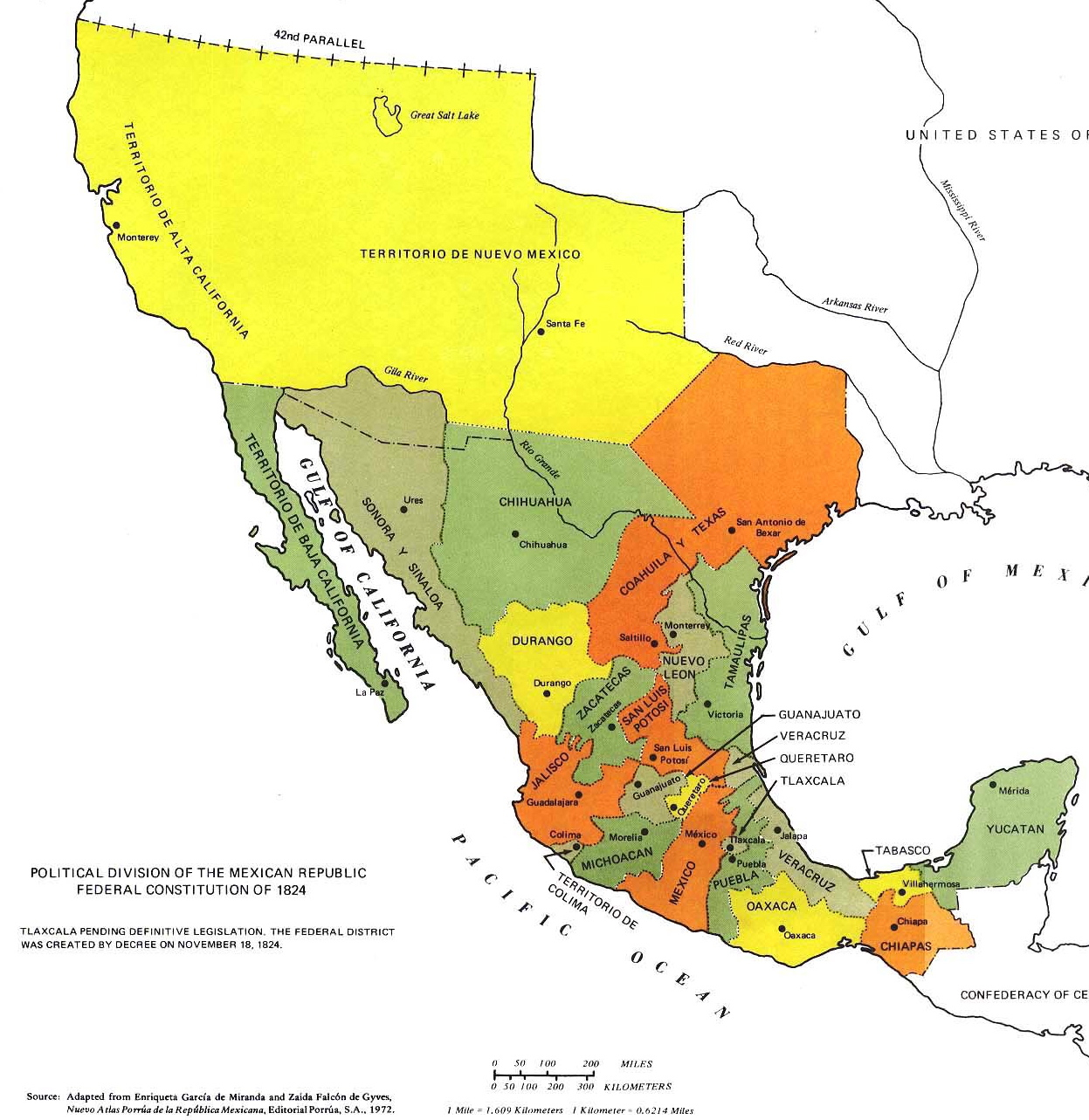 In the Mexican constitution of 1824, the republic of
Mexico included "Coahuila y Texas" as one state. (1) It extended
far North and South of the Rio Grande river which at that time was used in the region for transportation and irrigation.
In the Mexican constitution of 1824, the republic of
Mexico included "Coahuila y Texas" as one state. (1) It extended
far North and South of the Rio Grande river which at that time was used in the region for transportation and irrigation. 
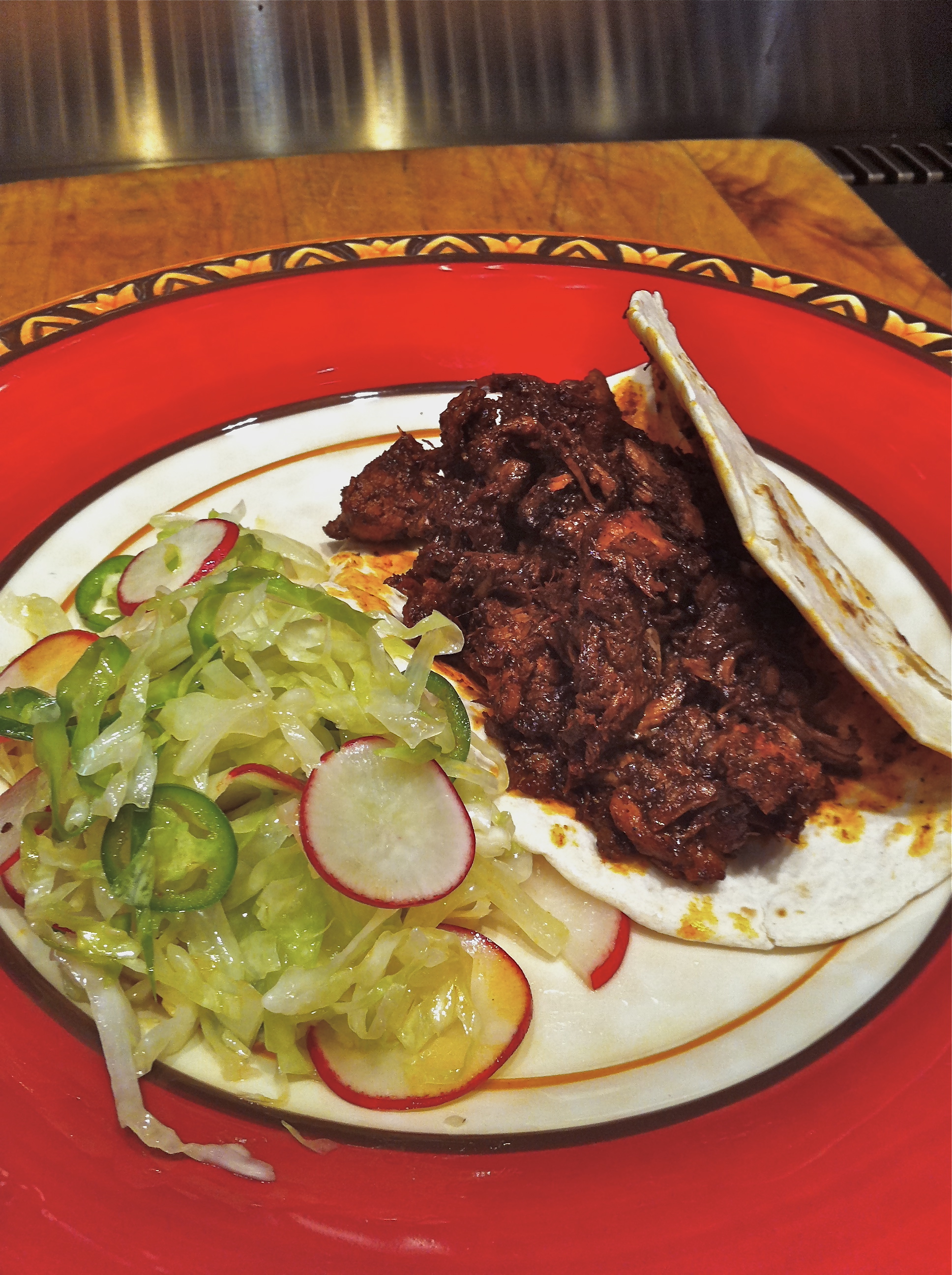

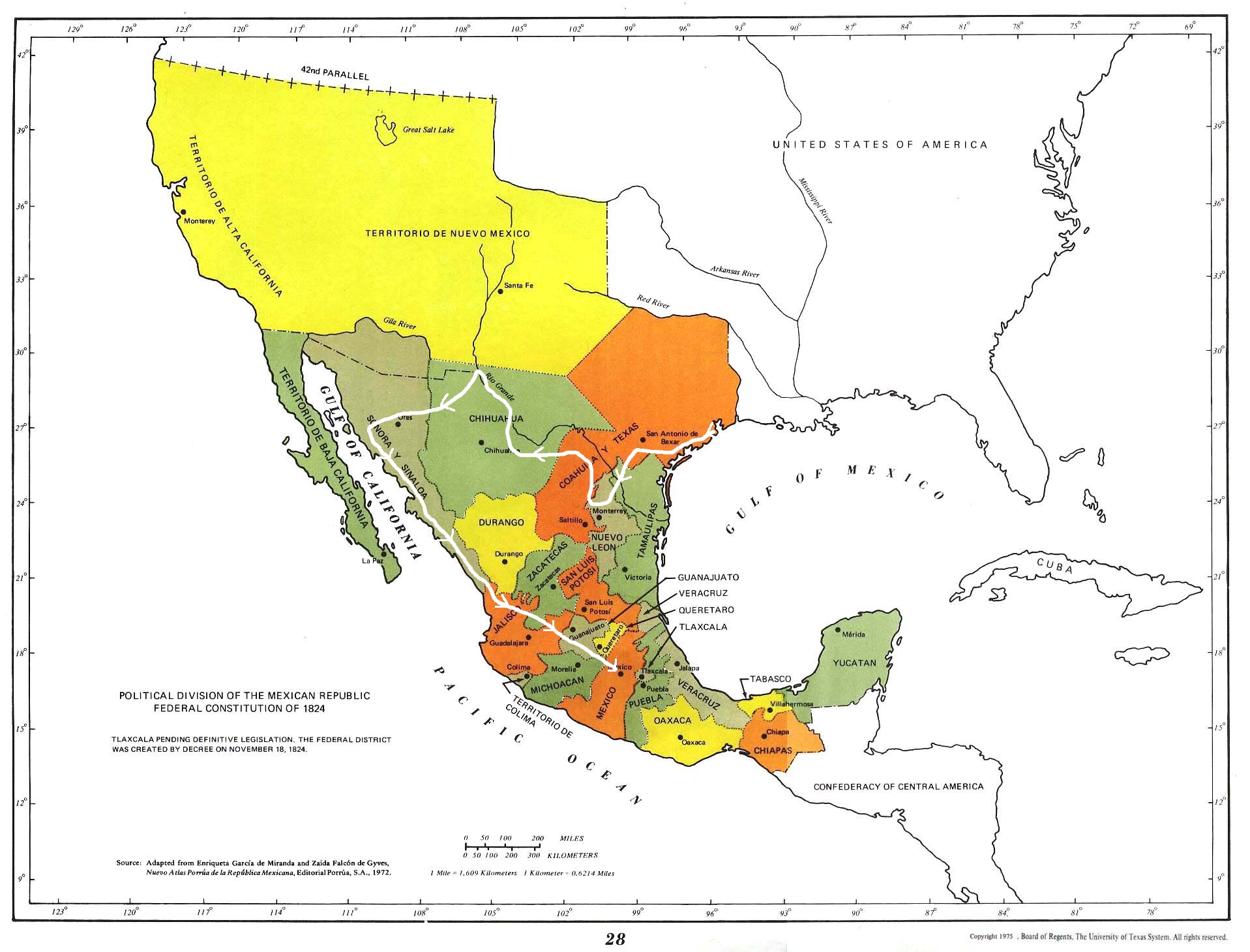 Indeed, on this map of 1824 Mexico(1) I drew the route that Cabeza de Vaca followed in 1500's to travel from Galveston to Mexico City. I traced the white line to show that, as the natives did at the time, he traveled from Galveston all through Sinaloa. (I based this route on the one researched and drawn by Alex D. Krieger, University of Texas Press) There were other similar travel routes that made it commonplace to exchange cooking techniques and ideas.
Indeed, on this map of 1824 Mexico(1) I drew the route that Cabeza de Vaca followed in 1500's to travel from Galveston to Mexico City. I traced the white line to show that, as the natives did at the time, he traveled from Galveston all through Sinaloa. (I based this route on the one researched and drawn by Alex D. Krieger, University of Texas Press) There were other similar travel routes that made it commonplace to exchange cooking techniques and ideas.


 The filling is spicy guacamole with grapes. A sliver of
fried Yucca finishes the canapé with a starchy crunch.
The filling is spicy guacamole with grapes. A sliver of
fried Yucca finishes the canapé with a starchy crunch. AVOCADO WITH GRAPES:
AVOCADO WITH GRAPES:
 The dish uses the combination technique of partially frying (gives form to the
eggs) and then poaching in a chile broth (renders the eggs moist and exquisitely flavorful).
The dish uses the combination technique of partially frying (gives form to the
eggs) and then poaching in a chile broth (renders the eggs moist and exquisitely flavorful).

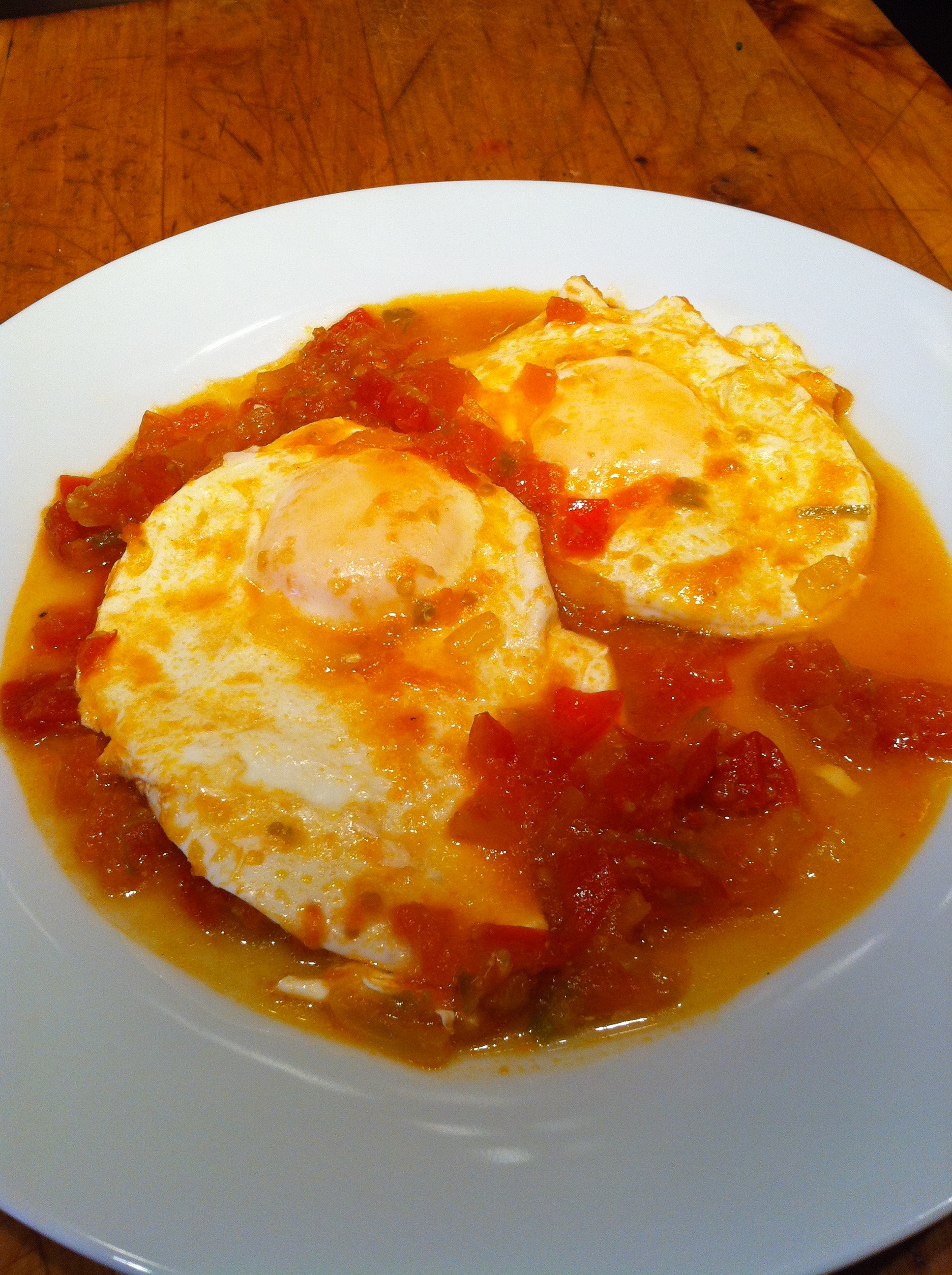 This gives eggs
a quick solid form and also a tender texture.
This gives eggs
a quick solid form and also a tender texture.
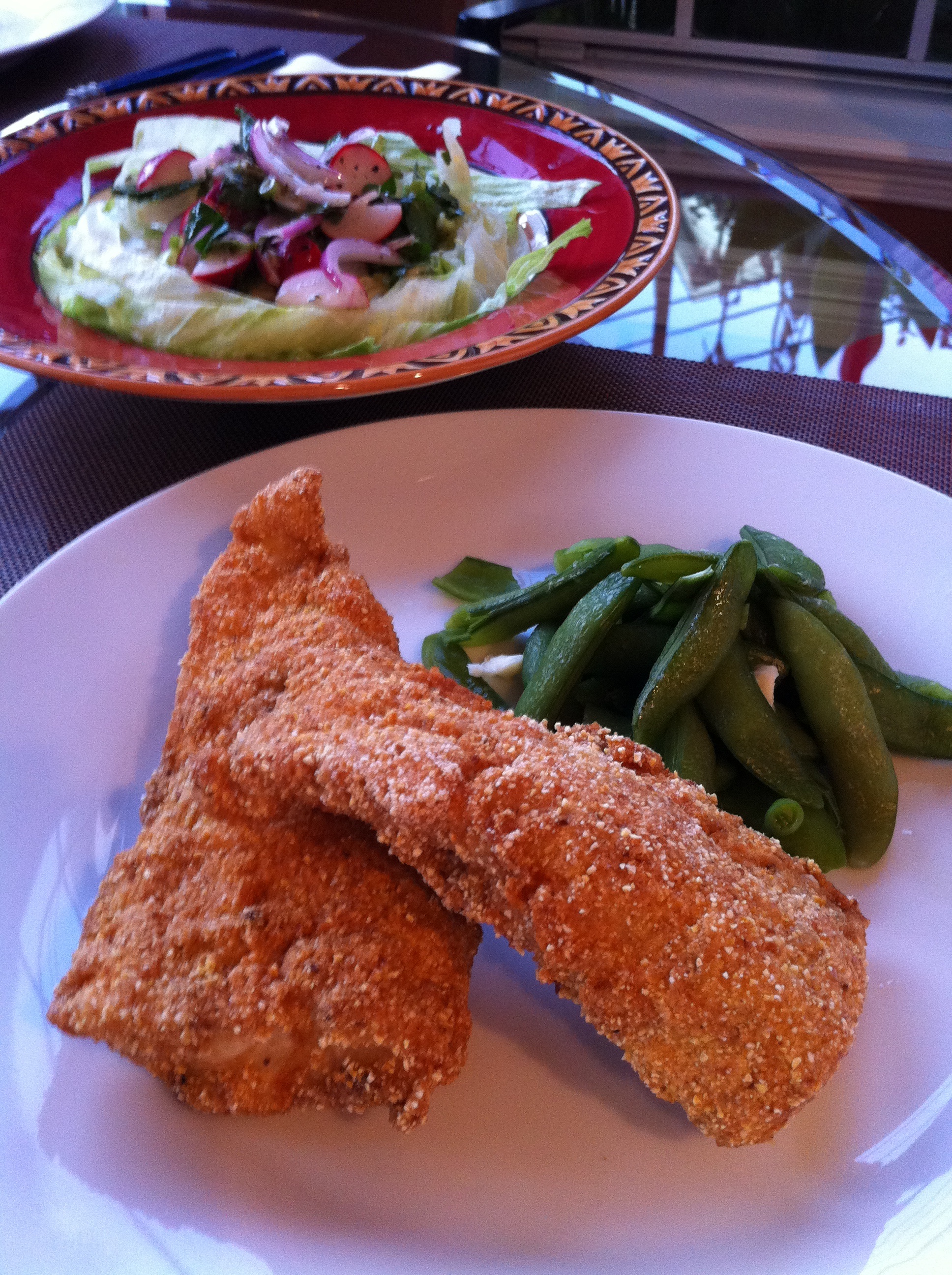 This fried fish method is straightforward and reflects the penchant for coupling the flavors of fish with corn, that elemental grain that was everywhere, even in our creation myths, all the way down to what is today Southern Mexico.
This fried fish method is straightforward and reflects the penchant for coupling the flavors of fish with corn, that elemental grain that was everywhere, even in our creation myths, all the way down to what is today Southern Mexico. Mayonnaise Sauce: makes one cup (I love this remoulade sauce. The French arrived in Texas in 1600's)
Mayonnaise Sauce: makes one cup (I love this remoulade sauce. The French arrived in Texas in 1600's)
